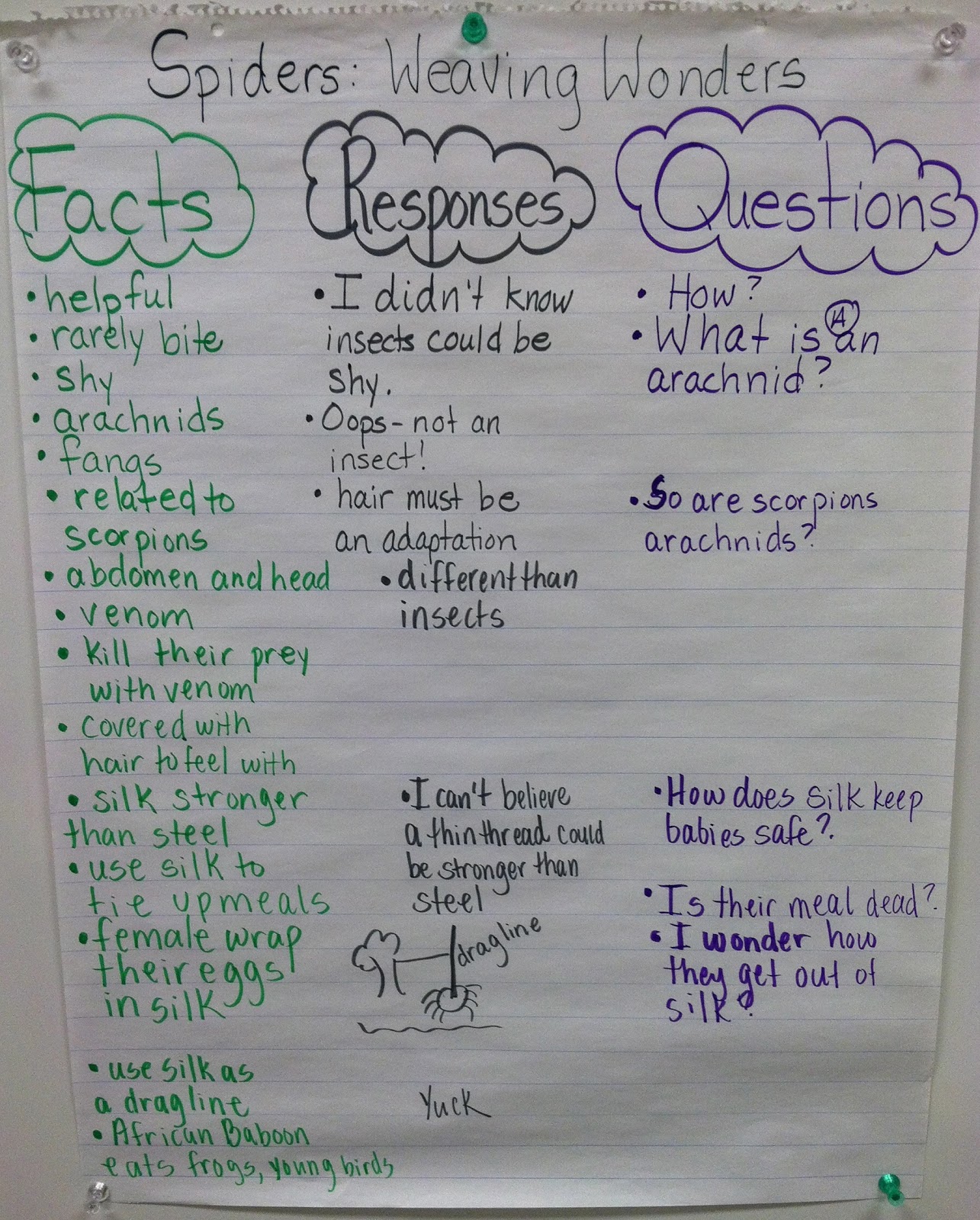We had another whirlwind of a week. We hit the ground running by finishing our guided reading Reports in a Can. This came about after reading several non-fiction articles on various animals. To recap, we charted facts we learned, responses we had, and new questions that we wondered about during our guided reading sessions. Then it was time for the fun. We looked through our notes and found ideas that went together. We circled those ideas in different colors. Then each student wrote paragraphs on index cards using that information. They did this for two or three topics. Finally they illustrated a title strip to wrap around their cans.
Then, all the reading groups got together to share their different reports. It was an amazing celebration, because everyone was so proud of their writing. We really felt their writing flourished in the small group setting because students were able to bounce writing ideas off of each other. They wanted to know what sounded write, or what words they could use to make their writing better.
Though it was sad to leave Anansi, we were excited to begin a new theme in reading-biographies! Once again, we shared our students. For this shared reading, both groups read the same story as an introduction to biographies, but the pacing and activities were different. Our follow-up reading will also be differentiated.
We began this unit by asking students the question: What is a biography? Many hands went up, and children shared their correct understandings of what a biography is. One new feature that we introduced was the structure of a biography. The students loved learning the new word chronological order.
Then, it was time for pre-reading activities. One group's pre-reading activity included watching a video about George Washington Carver. Then, we read and discussed the story, A Weed Is a Flower: The Life of George Washington Carver by Aliki. While we read, we charted important facts from his childhood, young adult life, and adult life. Next week, we will use these notes to create a thumbnail sketch about George Washington Carver.
The other group's pre-reading activity was to try to sequence George Washington Carver's important life events into a timeline before reading the same story, A Weed Is a Flower: The Life of George Washington Carver by Aliki. They taped on the events in the order that they predicted was correct. During shared reading, they noticed timeline events that needed to be changed. They will make those changes when they revisit their timeline after the reading. This group also charted important facts. Next week, they will use the same note taking organizer when they read biographies of important Americans of their own choice. They will also be doing a fun project that we will be sharing with you next week.
As promised from last week, here are a few more of our animal reports that were turned into text pages. We are so proud of their work!
Have a great week. We look forward to sharing more ideas next week. We would love to hear your comments and ideas. We are always looking for more fun and effective ways to teach reading and writing.
Kim and Anne





















